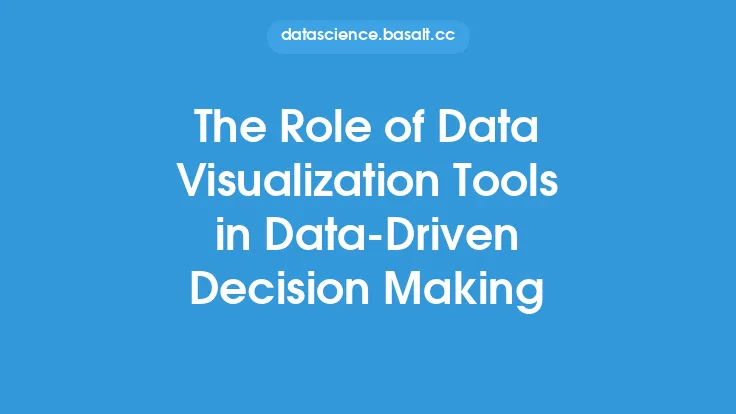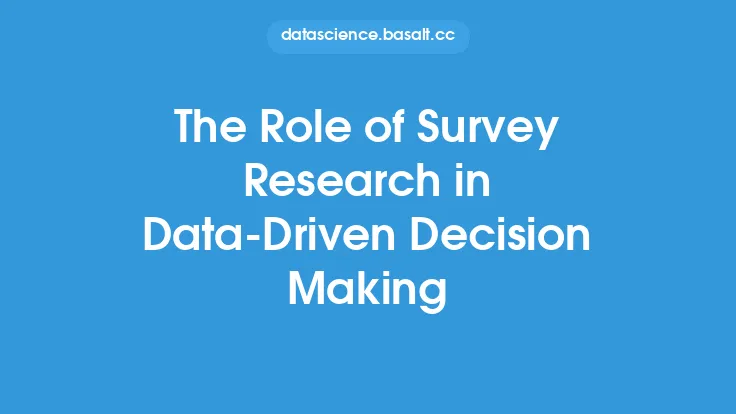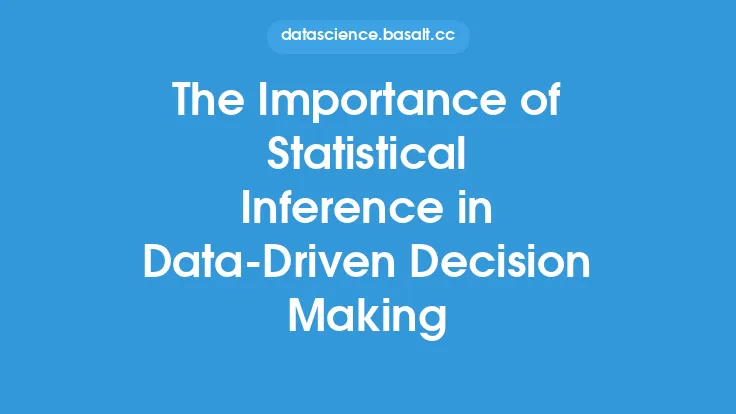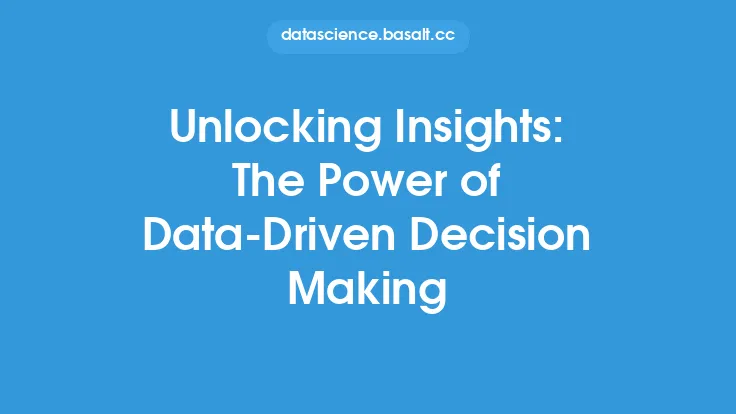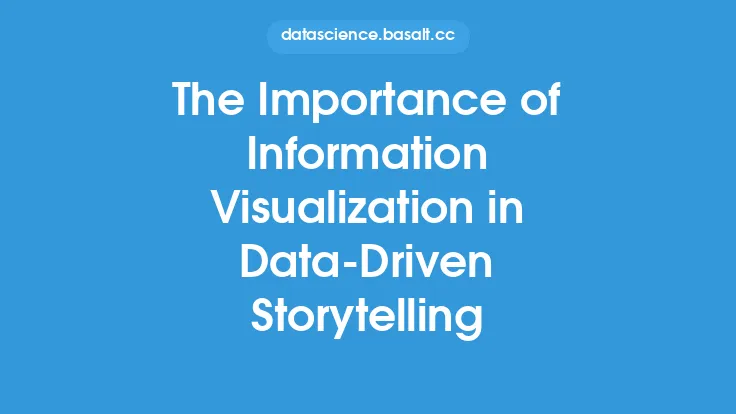Data-driven decision making has become an essential aspect of modern business, and temporal visualization plays a crucial role in this process. The ability to effectively visualize and analyze time-based data is critical for organizations to make informed decisions, identify trends, and predict future outcomes. Temporal visualization provides a powerful tool for exploring and understanding complex data, enabling decision-makers to extract valuable insights and drive business success.
Introduction to Temporal Visualization
Temporal visualization refers to the process of creating graphical representations of time-based data to facilitate analysis, exploration, and communication. This type of visualization is particularly useful for datasets that contain temporal information, such as time series data, event logs, or sensor readings. By visualizing temporal data, users can identify patterns, trends, and correlations that may not be apparent through other analysis methods. Temporal visualization can be applied to various domains, including finance, healthcare, transportation, and climate science, among others.
Key Concepts in Temporal Visualization
Several key concepts are essential to understanding temporal visualization. These include:
- Time granularity: The level of detail at which time is measured, such as seconds, minutes, hours, or days.
- Time intervals: The periods of time over which data is aggregated or analyzed, such as daily, weekly, or monthly.
- Temporal aggregation: The process of combining data from multiple time intervals to create a summary or overview.
- Time-series analysis: The study of data that varies over time, often using techniques such as trend analysis, seasonal decomposition, and forecasting.
- Event-based visualization: The visualization of discrete events or occurrences over time, such as log data or transaction records.
Techniques for Temporal Visualization
A range of techniques is available for temporal visualization, each with its strengths and weaknesses. Some common techniques include:
- Line charts: Effective for showing trends and patterns over time, particularly for continuous data.
- Bar charts: Useful for comparing categorical data over time or displaying aggregated data.
- Scatter plots: Helpful for visualizing relationships between variables over time.
- Heatmaps: Ideal for displaying large amounts of temporal data, such as time-series data or event logs.
- Gantt charts: Suitable for visualizing schedules, timelines, or project plans.
- Stream graphs: Useful for displaying the flow of data over time, such as network traffic or transaction volumes.
Tools and Technologies for Temporal Visualization
Various tools and technologies are available for creating temporal visualizations, ranging from specialized libraries and frameworks to commercial software and platforms. Some popular options include:
- D3.js: A JavaScript library for producing dynamic, interactive data visualizations in web browsers.
- Matplotlib: A Python library for creating static, animated, and interactive visualizations.
- Tableau: A commercial data visualization platform that supports temporal visualization.
- Power BI: A business analytics service by Microsoft that includes temporal visualization capabilities.
- Gephi: An open-source platform for network data analysis and visualization, which can be used for temporal visualization.
Best Practices for Temporal Visualization
To create effective temporal visualizations, several best practices should be followed:
- Keep it simple: Avoid clutter and focus on the most important information.
- Use appropriate scales: Select time scales and axes that accurately represent the data.
- Provide context: Include relevant metadata, such as data sources and time zones.
- Enable interaction: Allow users to explore and interact with the visualization.
- Consider multiple views: Offer different visualization options to cater to various user needs and preferences.
Applications of Temporal Visualization
Temporal visualization has numerous applications across various domains, including:
- Finance: Analyzing stock prices, trading volumes, and market trends.
- Healthcare: Visualizing patient outcomes, disease progression, and treatment efficacy.
- Transportation: Monitoring traffic flow, optimizing routes, and predicting travel times.
- Climate science: Studying temperature patterns, sea-level rise, and weather events.
- Cybersecurity: Detecting anomalies, visualizing network traffic, and identifying potential threats.
Challenges and Limitations of Temporal Visualization
While temporal visualization offers many benefits, it also presents several challenges and limitations:
- Data quality: Poor data quality, such as missing or inaccurate values, can compromise visualization effectiveness.
- Scalability: Large datasets can be difficult to visualize and analyze, particularly when dealing with high-frequency data.
- Time zone issues: Handling multiple time zones and daylight saving time can add complexity to temporal visualization.
- User understanding: Ensuring that users accurately interpret and understand temporal visualizations can be a challenge.
Future Directions for Temporal Visualization
As data volumes and complexities continue to grow, temporal visualization will play an increasingly important role in data-driven decision making. Future directions for temporal visualization include:
- Integration with machine learning: Combining temporal visualization with machine learning algorithms to improve predictive analytics and anomaly detection.
- Real-time visualization: Developing capabilities for real-time data visualization and analysis to support timely decision making.
- Multivariate visualization: Creating visualizations that effectively display multiple variables and relationships over time.
- Storytelling and narrative: Using temporal visualization to tell compelling stories and convey insights to non-technical stakeholders.
